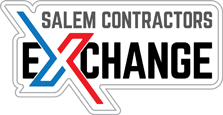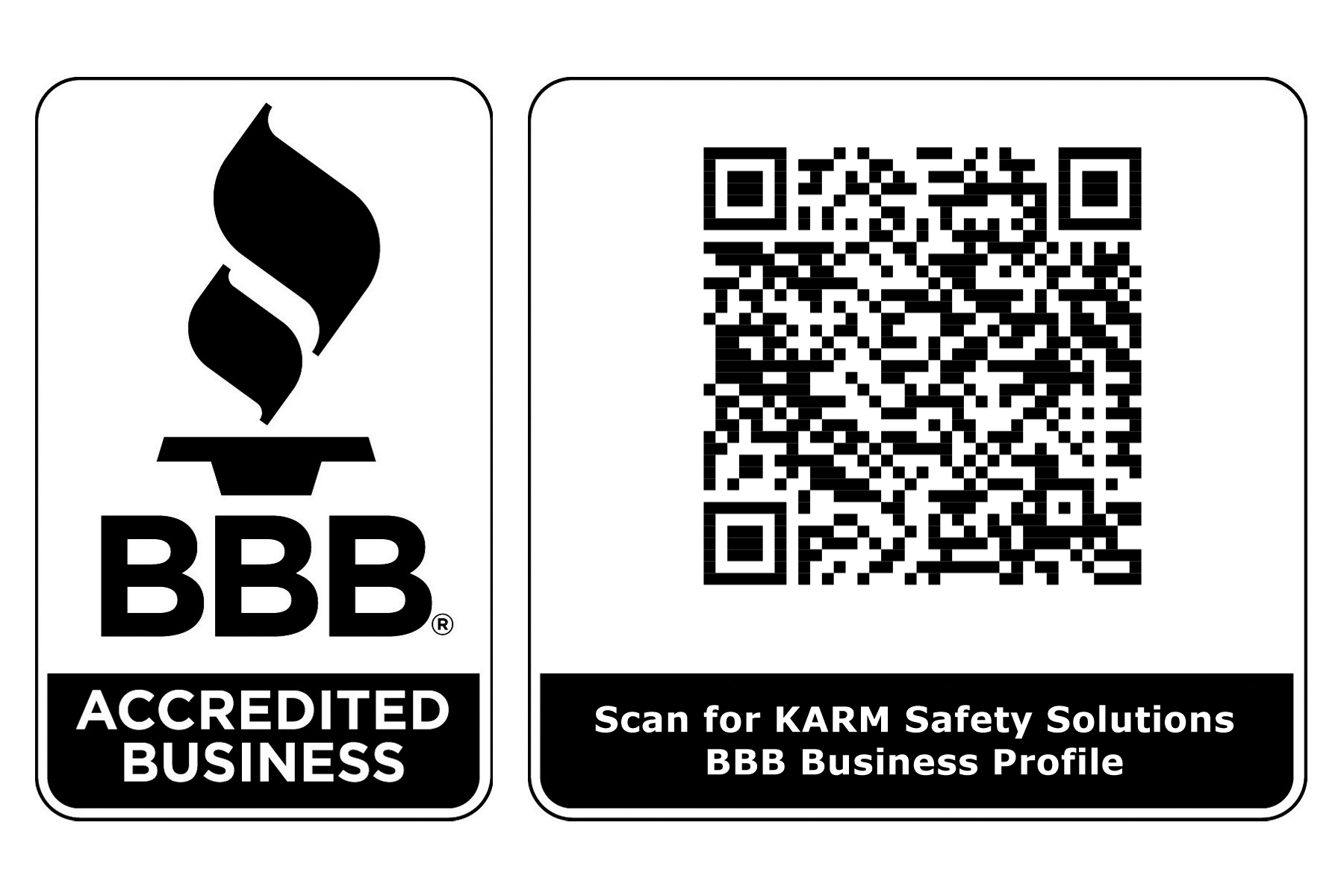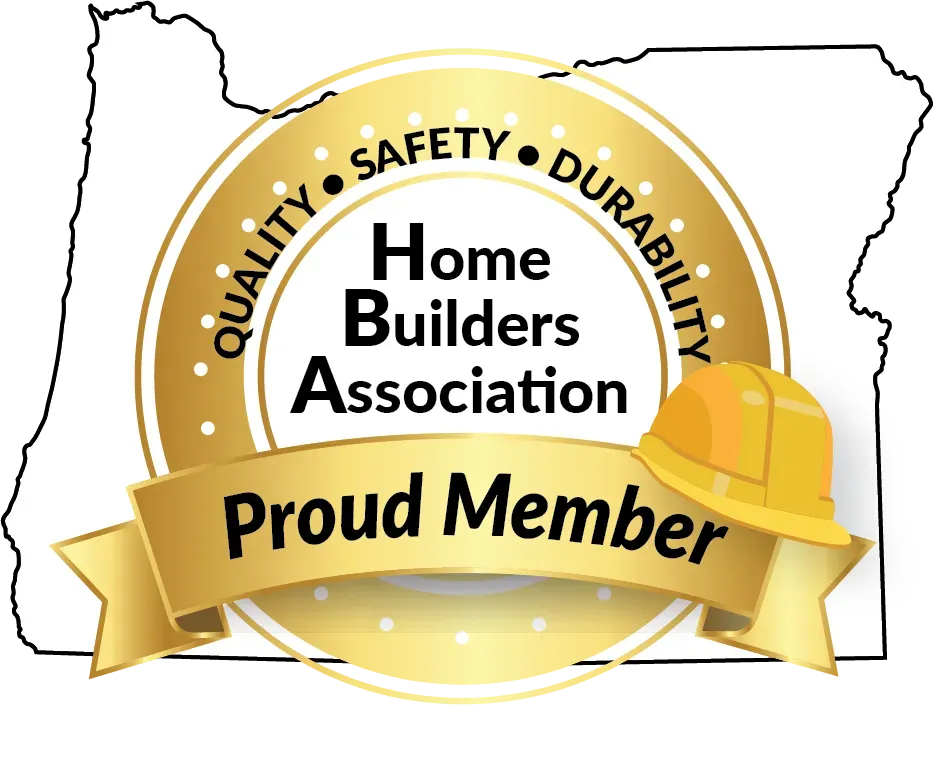Rigger and Signal Person Competent Person Training In-person or Online
Build confident, compliant lifting teams. This course prepares riggers and signal persons to identify hazards, select and use rigging safely, communicate clearly with operators, and take prompt corrective action as a competent person.
Who This Training Is For
- Riggers, signal persons, lift directors, and crane spotters
- Supervisors responsible for lifting operations
- Anyone working around cranes, hoists, or suspended loads
What You’ll Learn (Learning Outcomes)
By the end, participants can:
- Inspect slings and rigging hardware, and remove defective gear from service
- Select & apply the correct sling, hitch, and hardware for the load and lift plan
- Calculate load weight, center of gravity, sling tension, and sling angles
- Communicate with operators using standard hand signals and clear voice/radio procedures
- Control risk: protect slings, manage pinch/crush zones, and set/maintain exclusion areas
- Act as a competent person: recognize hazards and take immediate corrective measures
Course Topics
Rigging Foundations
- Roles & responsibilities: owner, operator, lift director, rigger, signal person
- Load characteristics: weight, COG, load stability, off-center picks
- Hitch types: vertical, choker, basket, when and why to use each
Rigging Gear & Hardware
- Slings: wire rope, synthetic web, round, chain
- Hardware: eyebolts, shackles, hooks, links, thimbles, wire rope clips
- D/d ratio, edge protection/softeners, spreader bars, lifting beams
- Angle loading and horizontal angle stress (with tension charts)
Inspection & Removal from Service
- Pre-use, frequent, and periodic inspections
- Required tagging/marking; identifying damage and wear
- Documentation best practices
Signals & Communications
- Standard hand signals (cranes & derricks)
- Voice/radio protocols; one designated signaler; stopping unsafe lifts
- Blind picks and line-of-sight challenges
Hazard Recognition & Controls
- Pinch/crush zones, overhead power lines, weather/wind, ground conditions
- Load path management and exclusion zones
- Rigging to rough/irregular shapes; load protection
Lift Planning Essentials
- Reading a lift plan, crane capacity basics & load charts (awareness)
- Sling angle math and quick checks
- When to escalate to a qualified/engineered lift plan
Compliance Alignment
- OSHA 29 CFR 1926 Subpart CC (Cranes & Derricks): communication, signals, and rigger qualifications
- OSHA 29 CFR 1910/1926 (general & construction rigging requirements)
- ASME B30 series (e.g., B30.9 Slings, B30.26 Rigging Hardware) and ASME P30 Planning for Load Handling Activities
Note on frequency: OSHA requires riggers and signal persons to be qualified and able to demonstrate knowledge/skill; there is no fixed federal “every 3 years” renewal cycle. Employers must retrain/re-evaluate as needed (e.g., equipment/assignment changes, observed deficiencies, or after incidents). Many third-party certifications use 3-year renewal periods—follow your company policy or the certifying body’s interval.
Format & Duration
- Delivery: In-person (on-site) or live online
- Length: 4 hours, depending on class size, equipment
- Class Size: Ideal 10-20 per session (larger groups accommodated)
What’s Included
- Course manual & quick-reference signal charts
- Sling angle/tension chart and inspection checklists
- Certificate of completion & wallet card
- Optional: site-specific lift plan coaching
Why Choose KARM Safety Solutions
- Competent-person instructors with field experience
- Hands-on focus for real-world confidence
- Site-specific customization (equipment, policies, and hazards)
- Bilingual options (EN/ES)
FAQ
Is the rigger also the signal person?
Often, yes—but the roles can be separate. Whoever signals must be designated and qualified.
Do we need “certified” or “qualified”?
OSHA requires
qualified riggers/signalers (knowledge/skill verified by a qualified evaluator). Third-party
certifications are a strong way to document qualification and may be required by owners.
How long is the card valid?
We align with your company policy or selected certifying body. We recommend
re-evaluation at 3 years or sooner if conditions change.
Schedule Training
Ready to strengthen your lifting program? Book a class online or call 503-304-7037 to schedule on-site training.



